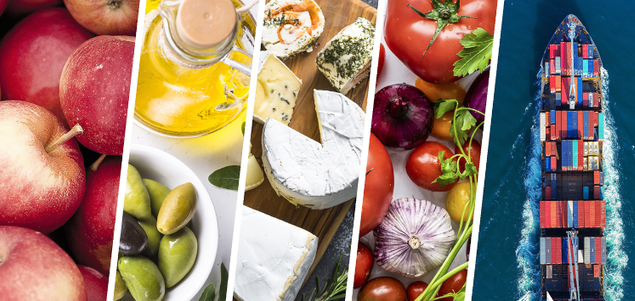|
Getting your Trinity Audio player ready...
|
After banning wheat exports in May, India has now banned exports of broken rice, while imposing a 20 percent tariff on exports of unmilled rice, husked brown rice, semi-milled rice, and wholly milled rice, effective from Sept 9.
At a time when the Black Sea “food corridor” has just restarted, easing the global food crisis slightly, India’s move is likely to trigger a new round of global grain price rises, aggravating the global food crisis.
India is the world’s second largest rice producer and largest rice exporter, supplying rice to more than 150 countries. However, because of extreme dry weather conditions this year, its rice planting area has fallen sharply, fueling domestic rice price rises and inflation. While export restrictions will help India ensure domestic rice supplies and curb prices, it will bring extra inflationary pressure on countries that rely heavily on Indian rice imports.
China is the largest buyer of India’s broken rice, but the impact of India’s export ban on China will be negligible. China’s self-sufficiency in rice is more than 100 percent, and its imports are mainly for meeting diversified domestic demands. In 2021, China imported 4.96 million tons of rice, only about 3 percent of its rice production. China also imports rice from Vietnam, Pakistan, Myanmar and Thailand among other countries, increasing its anti-risk ability.
Affected by the Russia-Ukraine conflict and the high volatility of global wheat and corn prices, China has reduced corn and wheat imports this year, but increased rice imports, especially its imports of broken rice for the production of feed and alcohol. India’s export restriction has a certain impact on China’s feed and industrial enterprises, but the impact on its food rations is minimal.
Compared with the drastic fluctuations in global corn and wheat prices in the past two years, the range of global rice price fluctuation has been small. But global rice prices have been rising in recent months. Thailand and Vietnam agreed in late August to raise rice prices. Rising rice prices are likely to become a new focus of the global grain market in the second half of this year.
In the face of rising rice prices, grain-exporting countries should abandon food trade protectionism, and developed countries should help developing countries improve food self-security capacity and work together to build an efficient, open, and fair global food supply system.
Source: China Daily






